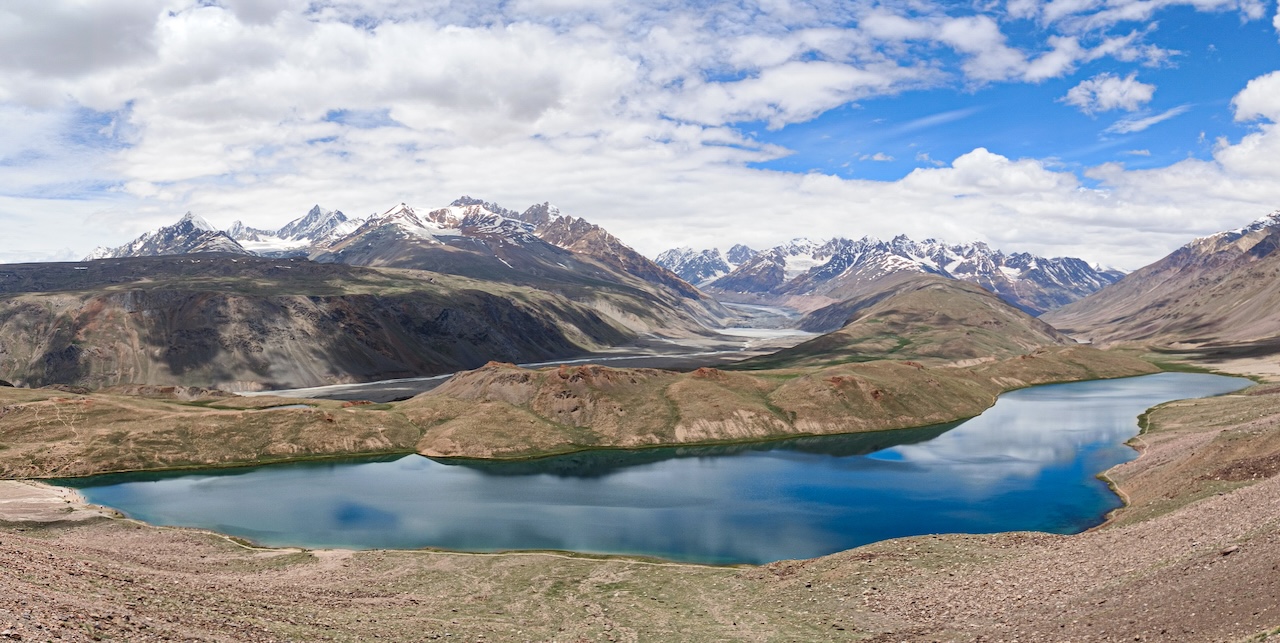By Rahul Bhandari
Copyright thenewshimachal

Shimla – Himachal Pradesh’s Spiti Valley has been designated as India’s first Cold Desert Biosphere Reserve under UNESCO’s Man and the Biosphere (MAB) Programme. The recognition was officially announced during the 37th session of the International Coordinating Council (MAB-ICC) held in Hangzhou, China, from September 26 to 28, 2025. This addition brings India’s total number of biosphere reserves in the global MAB network to 13.
Local communities, who have coexisted sustainably with the environment for centuries, played a pivotal role in this accomplishment.
Congratulating the Forest Department and its Wildlife Wing, Chief Minister Sukhu emphasised the state’s resolve: “The State Government is committed to protect and conserve Himachal Pradesh’s rich natural and cultural heritage and fragile ecology in the era of climate change, while ensuring harmony between developmental activities and nature.”
Spanning 7,770 square kilometers, the Spiti Cold Desert Biosphere Reserve encompasses the entire Spiti Wildlife Division (7,591 sq. km) and adjacent areas of the Lahaul Forest Division, including Baralacha Pass, Bharatpur, and Sarchu (179 sq. km). Nestled in the Trans-Himalaya biogeographic province at elevations between 3,300 and 6,600 meters, the reserve features a zoned structure: a 2,665 sq. km core zone, a 3,977 sq. km buffer zone, and a 1,128 sq. km transition zone.
The reserve integrates key protected areas such as Pin Valley National Park, Kibber Wildlife Sanctuary, Chandratal Wetland, and the Sarchu Plains. This setup highlights a rare cold desert ecosystem influenced by harsh weather, rugged terrain, and delicate soils. Ecologically diverse, it supports 655 herb species, 41 shrubs, and 17 trees, including 14 endemic and 47 medicinal plants vital to the traditional Sowa Rigpa/Amchi healing system.
Wildlife thrives here, with 17 mammal species and 119 bird species. The snow leopard serves as the flagship species, alongside the Tibetan wolf, red fox, ibex, blue sheep, Himalayan snowcock, golden eagle, and bearded vulture. Notably, the valley hosts over 800 blue sheep, providing a robust prey base for predators.
Amitabh Gautam, Principal Chief Conservator of Forests (Wildlife), hailed the designation as a global endorsement. “This recognition firmly places Himachal’s cold deserts on the global conservation map. It will enhance international research collaboration, promote responsible eco-tourism to support local livelihoods, and strengthen India’s efforts to build climate resilience in the fragile Himalayan ecosystems,” he said.
This UNESCO listing is expected to boost sustainable development initiatives, fostering a balance between conservation and community benefits in one of India’s most unique landscapes.



